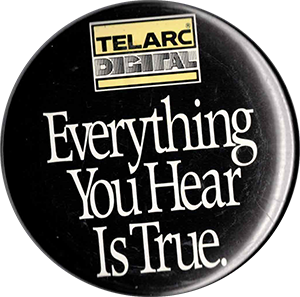Other Classical Artists
Many artists recorded with Telarc, and some of these relationships lasted for many years and many records. Pianist John O’Conor said that recording sessions were “like being with family. We were playing to friends.”1 Such long-term arrangements allow the artist to explore varied repertoire and accomplish career-boosting feats such as recording the complete Beethoven Piano Sonatas, For Telarc, it helped to build their catalog and their credentials as a classical label. Telarc and their artists expected a great deal out of each other, and that led to dynamic, productive working relationships and deep personal connections. Here are just a few of those artists.
Last updated on April 16th, 2024 at 03:17 pm
- John O’Conor, interview with the author, Aspen, August 8, 2022. ↩︎
- For an account of another of those discs, see this page about The Bass Drum Heard Round the World. ↩︎
- Michael Murray, email conversation with the author, April 2022 ↩︎
- John O’Conor, interview with the author, Aspen, August 8, 2022. ↩︎
- Yes, there is such a thing! Check out Curnow’s work here. ↩︎
